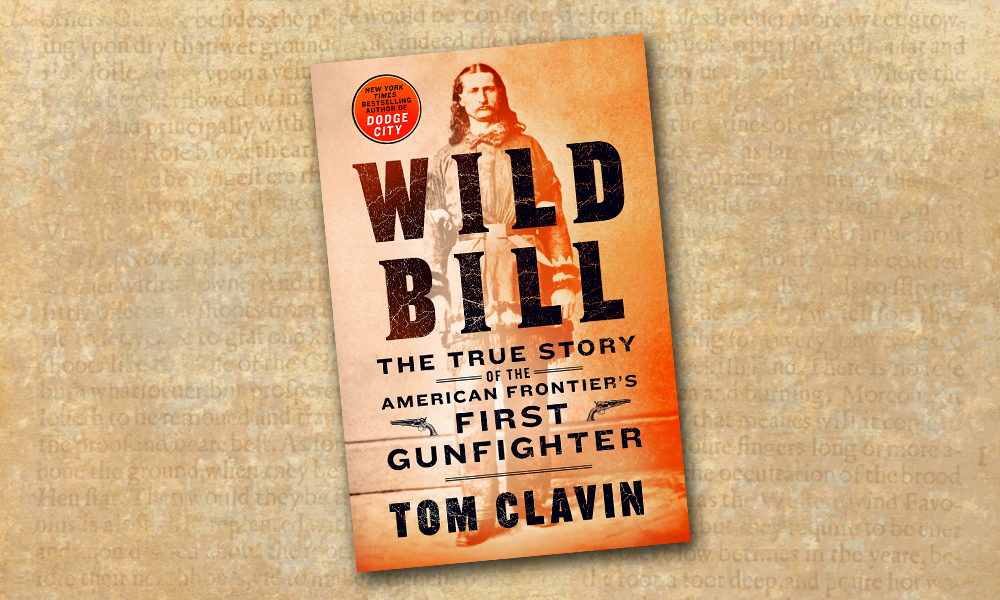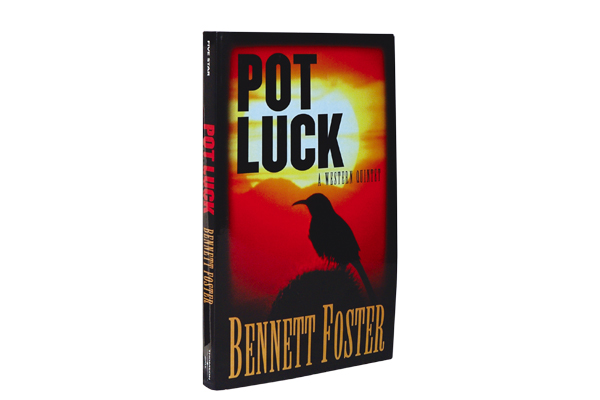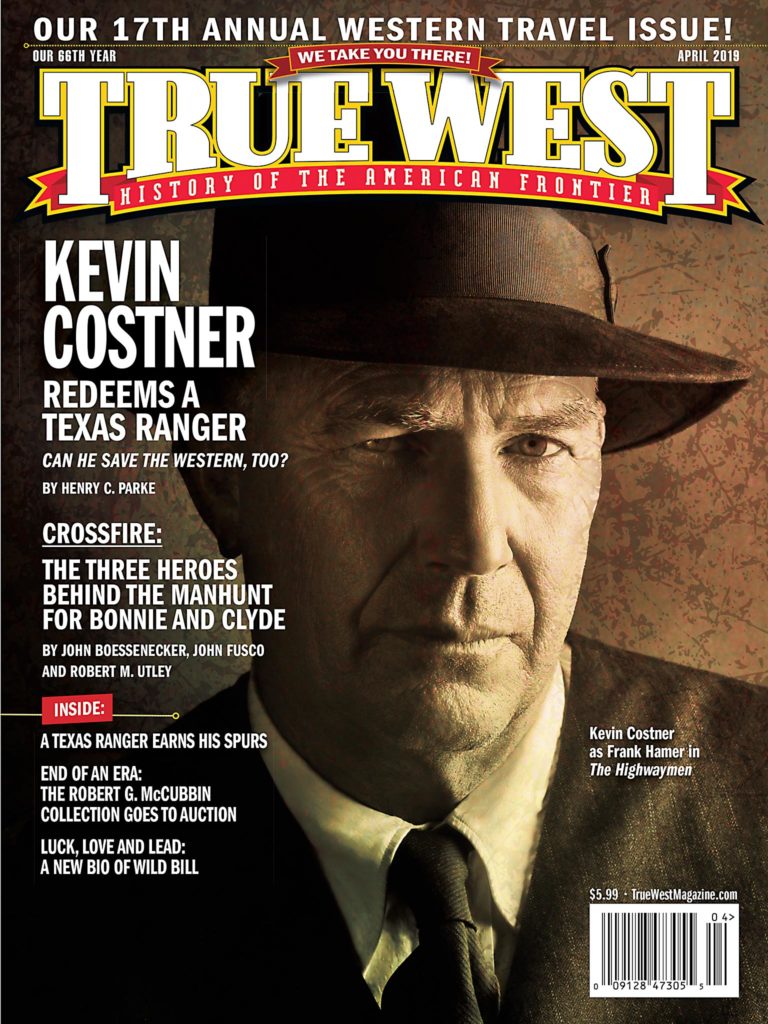
In the pantheon of Old West publishing history, James Butler “Wild Bill” Hickok is a biographical anomaly. Compared to his peers, William F. “Buffalo Bill” and George Armstrong Custer, Hickok has really only had one major biographer, Joseph G. Rosa. For decades Rosa’s They Called Him Wild Bill: The Life and Adventures of James Butler Hickok (University of Oklahoma Press, 1964, 1974) was the definitive work on the Westerner. In between, Hickok was the subject of numerous fictional accounts in print, film and television (most recently popularized in HBO’s series Deadwood), until 2018 True West’s executive editor Bob Boze Bell’s The Illustrated Life and Times of Wild Bill Hickok: The First Gunfighter (Two Roads West) and Aaron Woodard’s The Revenger: The Life and Times of Wild Bill Hickok (TwoDot) were published. Now, in 2019, just a few months before Deadwood makes its much anticipated return as a major motion picture, historian Tom Clavin has returned to the West with Wild Bill: The True Story of the American Frontier’s First Gunfighter (St. Martin’s Press, $29.99). It’s a follow-up to his New York Times bestseller, Dodge City: Wyatt Earp, Bat Masterson, and the Wickedest Town in the American West.
For this reader what is most remarkable about Clavin’s comprehensive biography of the Old West icon is how violent Hickok’s life was from a young age. Hickok, from his earliest days witnessing the fear of escaped slaves hiding in the family barn to his introduction at 19 to Bloody Kansas, violence was the rule not the exception on a day-to-day basis. He learned to deal in death and survive on the right side of the law and the Army. He lived by the rule of force, wits, the gun and the badge. Calvin also chronicled Hickok’s varied and irregular relationships with women, none of which were ever very long-term or satisfying. The final chapters of Clavin’s biography on the legend of James Butler “Wild Bill” Hickok and his fateful decision to go to Deadwood in 1876 is not written as the climactic end of the gunfighter’s life, but more as a predestined inevitability for a mid-19th-century man whose life was profoundly affected by violence and death from an early age.
Like Clavin’s Dodge City and The Heart of Everything That Is: The Untold Story of Red Cloud, An American Legend with Robert Drury, the New York author’s Wild Bill is written in a highly readable, action-forward style. Clavin provides today’s reader with a thorough and enduring biography of Hickok, which, along with Woodard and Bell’s contributions, will keep the Western hero back in the spotlight and the legend alive for another generation. Ironically, unlike his peer Buffalo Bill Cody, Hickok was not one for the spotlight, which makes his story—and his own prophetic end in Deadwood—even more interesting. As Clavin writes, “What is no exaggeration is that the man we know as Wild Bill Hickok was one of the most intriguing figures in American history.”
—Stuart Rosebrook





